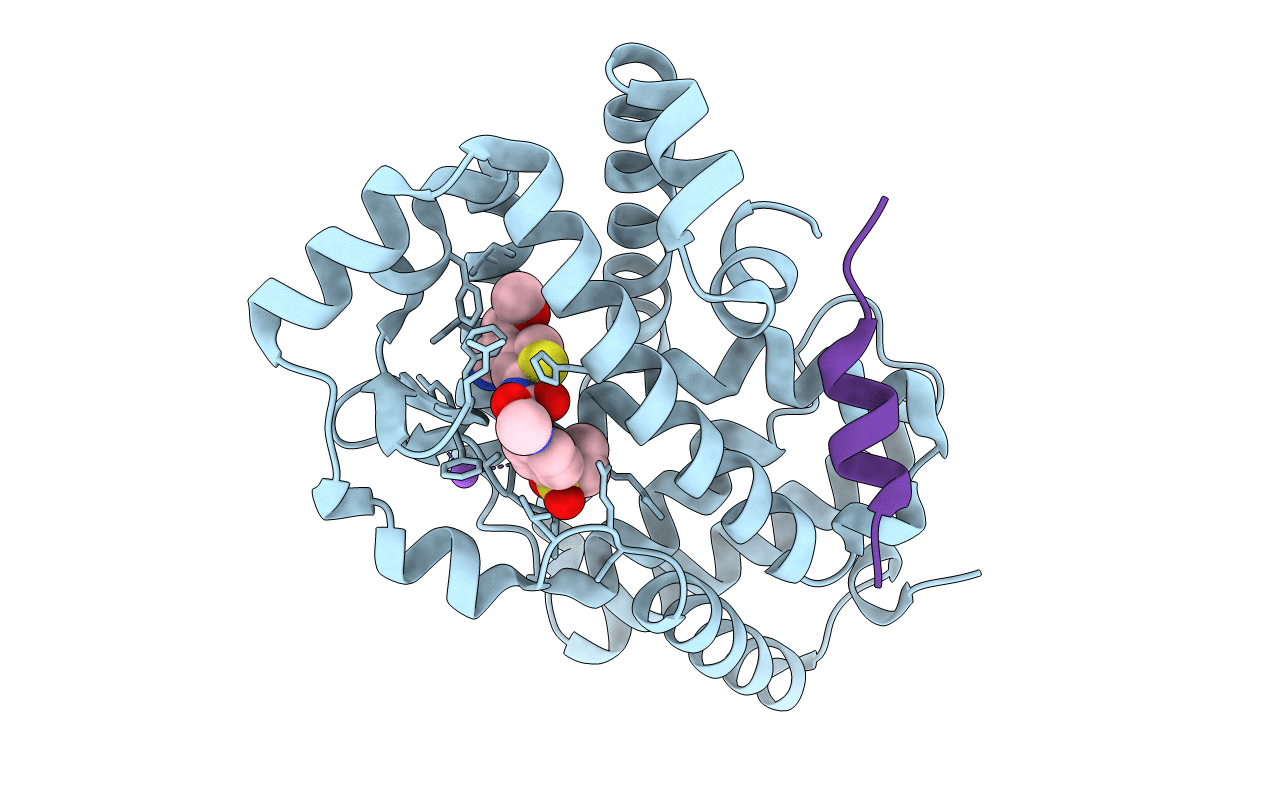
Deposition Date
2017-10-23
Release Date
2018-08-22
Last Version Date
2024-05-08
Method Details:
Experimental Method:
Resolution:
1.84 Å
R-Value Free:
0.26
R-Value Work:
0.21
R-Value Observed:
0.21
Space Group:
P 41 21 2


